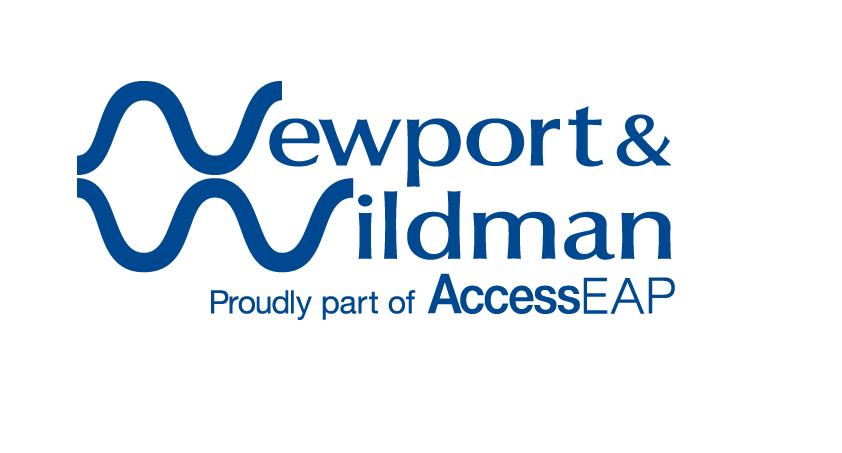
Anxiety is the top mental health issue in the workplace
According to AccessEAP client data, anxiety is the leading mental health issue in Australian workplaces. On average, one in four people will experience an anxiety disorder at some stage in their life. The proportion of Australian adults suffering from anxiety is on the rise and grew by more than 50% in the five years between 2007 and 2012.
Anxiety is a serious condition and studies have shown that it is more likely than depression to lead to suicidal ideation with 23% of people with anxiety symptoms reporting suicidal thoughts.
While feeling worried or stressed at work in not uncommon, anxiety is much more than this. Anxiety can range from feeling uneasy and worried to severe panic. If these feelings don’t subside, are difficult to control and appear to exist even without a particular cause, you may be suffering from anxiety.
AccessEAP has found that the top triggers of anxiety in the workplace are workplace stress, loss of confidence and conflict with a manager or supervisor. A specific incident at work and career concerns also appear in the top five. This information is compiled using AccessEAP client data across all industries and age groups.
Creating a mentally healthy workplace has huge advantages for employers and employees alike. It will improve morale and help get the most out of workers as well as attracting and retaining top talent. Employees are starting to demand an investment into mental health with a recent global TNS study finding a mentally healthy workplace was the second most important factor for employees accepting a new job.
Symptoms of anxiety vary from person to person but it’s important to be aware of the common signs. If you are experiencing any of these symptoms and they have a displacing impact on your life you may be suffering from anxiety. Similarly, it’s important to be aware of the symptoms to be able to identify if a colleague is suffering.
The most common symptoms of anxiety in the workplace are appearing restless, tense or on edge or becoming overwhelmed and upset easily. Other symptoms include being constantly worried or apprehensive or finding it difficult to make decisions. Having an anxiety disorder can have a negative impact on your work life and people suffering from anxiety have turned down opportunities or promotions or avoided meetings, events or office parties to avoid triggering symptoms. If you or a colleague is experiencing any of these symptoms perhaps it is time to seek treatment.
The Heads Up aims to combat the negative impact a mental health disorder can have on the workplace. The campaign urges companies to create a more mentally healthy workplace and highlights some of the many business advantages of doing so. If you are interested in creating a business action plan and making positive change in your workplace, visit www.headsup.org.au for more information.



